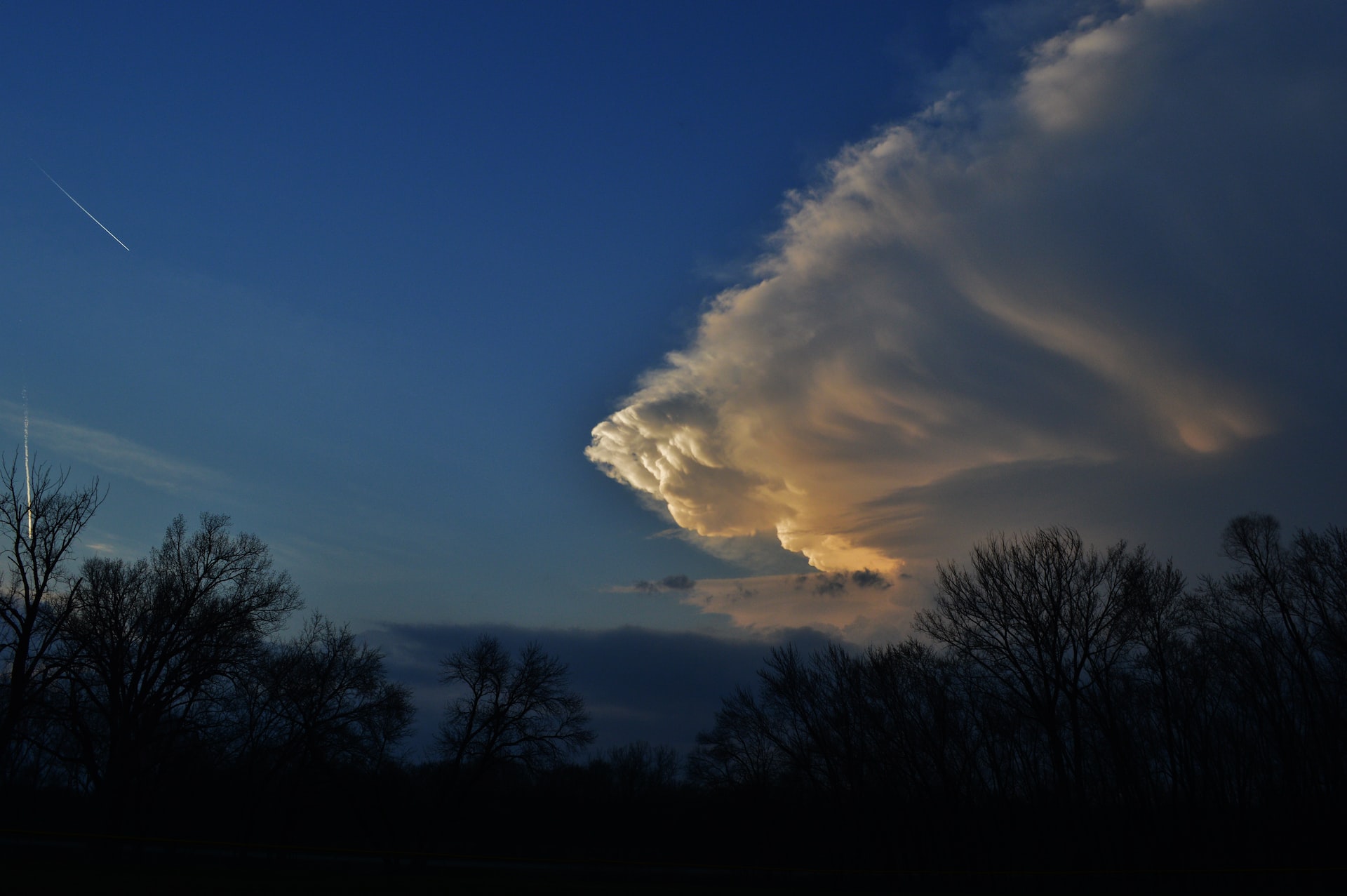The Butterfly Effect and Weather Forecasting: How Small Changes Can Impact Predictions

Weather forecasting is a complex process that involves analyzing various data and using computer models to predict future weather patterns. However, the butterfly effect, a concept in chaos theory that states that small changes in initial conditions can lead to vastly different outcomes, can make long-term forecasting difficult.
In this article, we’ll take a closer look at the butterfly effect and its impact on weather forecasting.
Background:
The butterfly effect was first introduced by American mathematician and meteorologist Edward Lorenz in the 1960s. Lorenz was working on a computer model to predict weather patterns when he discovered that small changes in initial conditions could lead to vastly different outcomes in the system. He used the metaphor of a butterfly flapping its wings to describe the small changes that can lead to large-scale consequences.
The Science of Chaos and Weather Forecasting:
Chaos theory, of which the butterfly effect is a fundamental principle, studies the behavior of dynamic systems that are highly sensitive to initial conditions. In weather forecasting, small differences in the initial conditions of a weather system, such as temperature, pressure, or wind speed, can lead to vastly different outcomes in the forecast. This makes it difficult to predict the weather more than a few days in advance.
The Impact of the Butterfly Effect on Weather Forecasting:
The butterfly effect can have a significant impact on weather forecasting. Meteorologists must take into account the potential for small changes in initial conditions to lead to vastly different outcomes. This means that weather forecasts are often given a degree of uncertainty and that small errors in initial conditions can lead to large errors in the forecast.
Conclusion:
The butterfly effect, a concept in chaos theory, states that small changes in initial conditions can lead to vastly different outcomes. This concept is particularly relevant to weather forecasting, as small differences in initial conditions can lead to vastly different weather patterns. While the butterfly effect can make long-term forecasting difficult, understanding its impact on weather forecasting can help meteorologists to give more accurate and uncertain forecasts.





